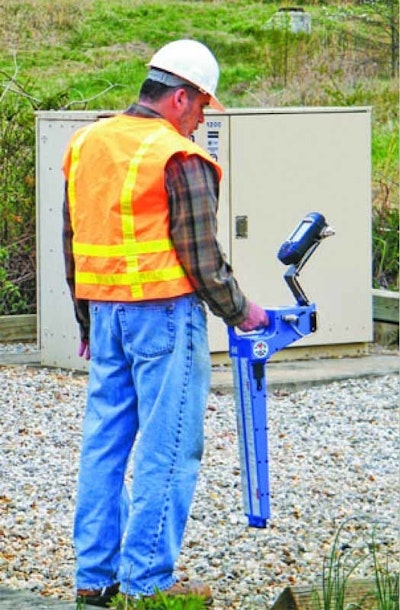Advanced metering infrastructure helps track usage, find leaks
Problem: After five punishing years, drought conditions have reached critical mass in California and much of the western United States, with Golden State utilities scrambling to meet government mandates for 25...









